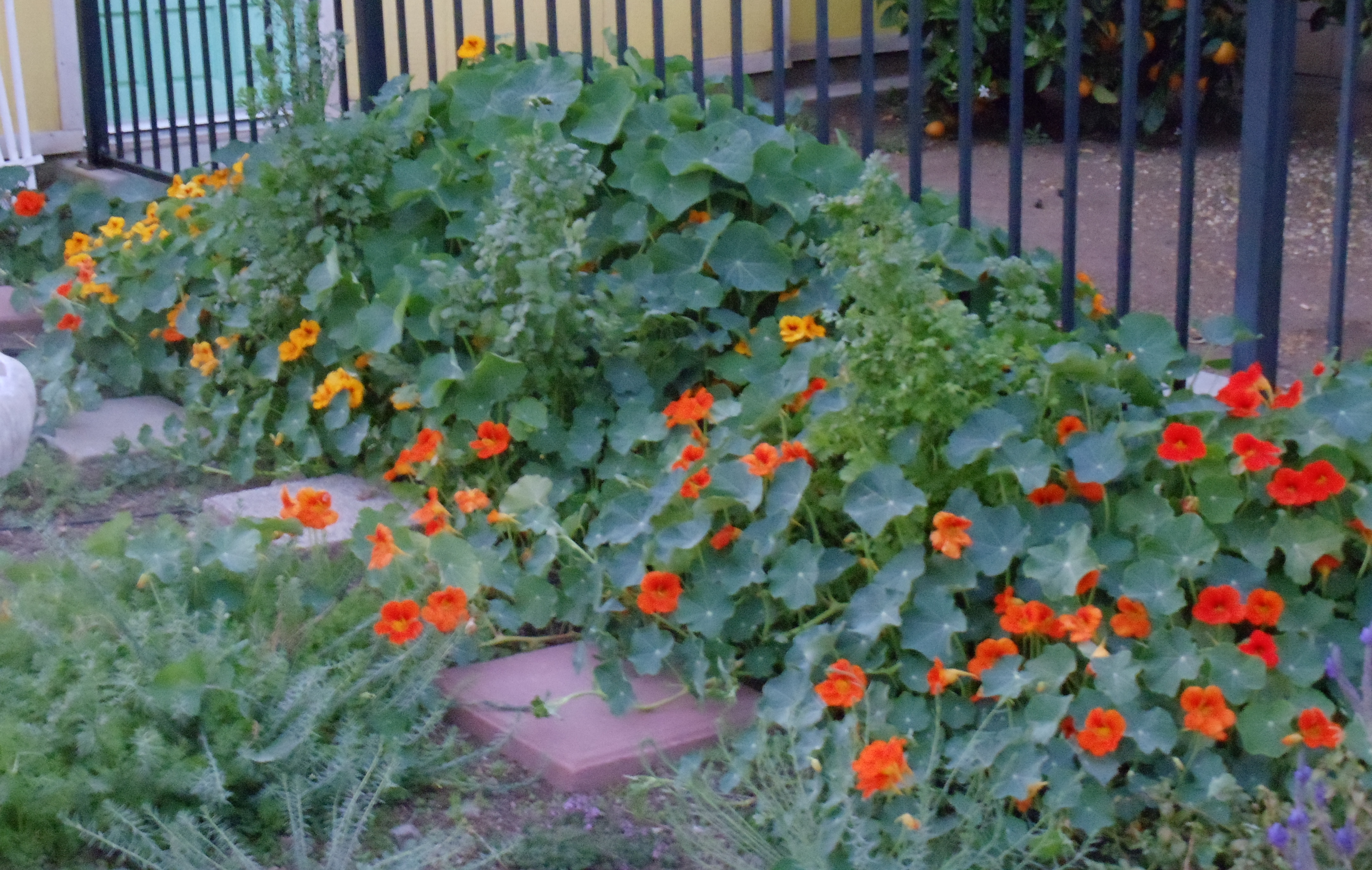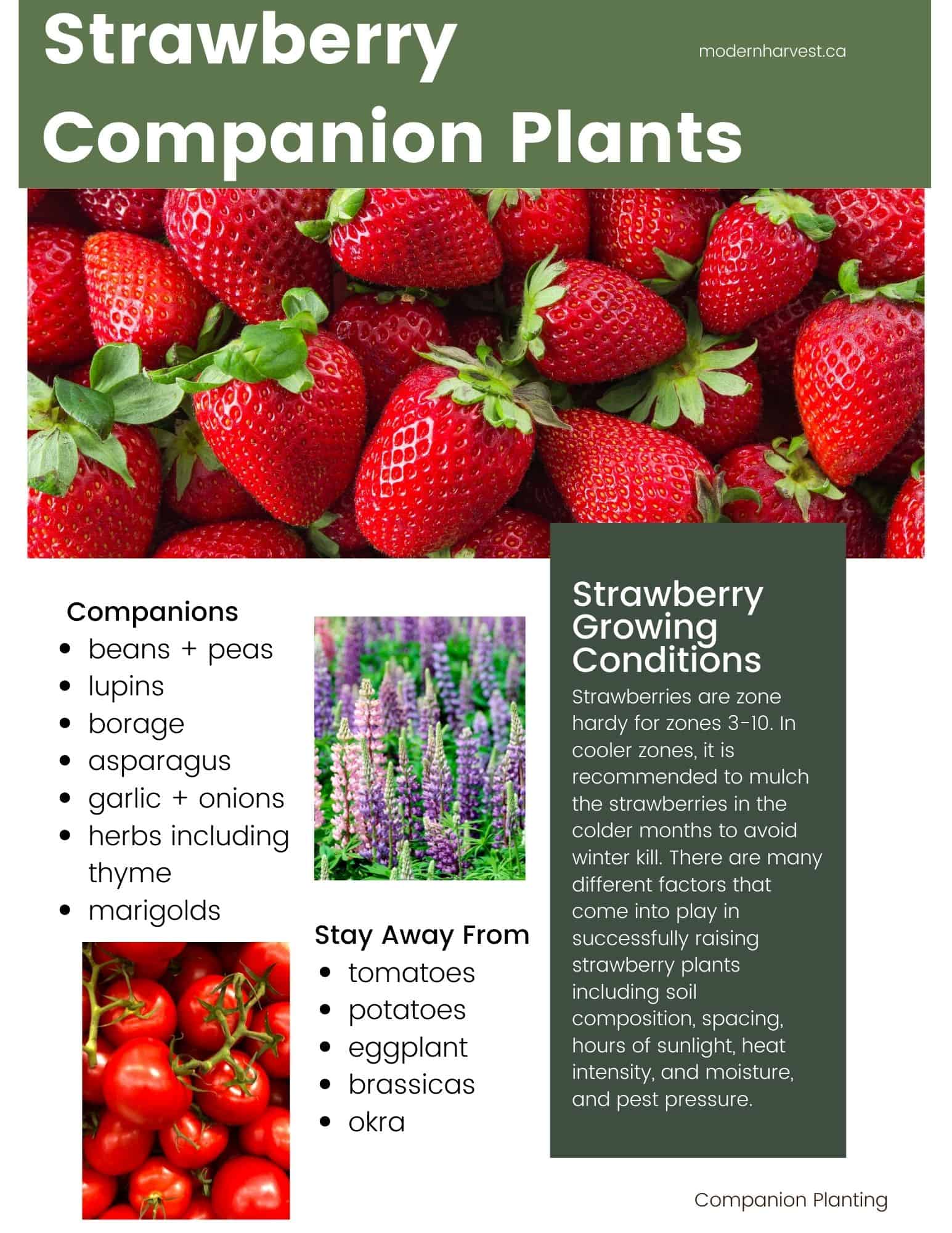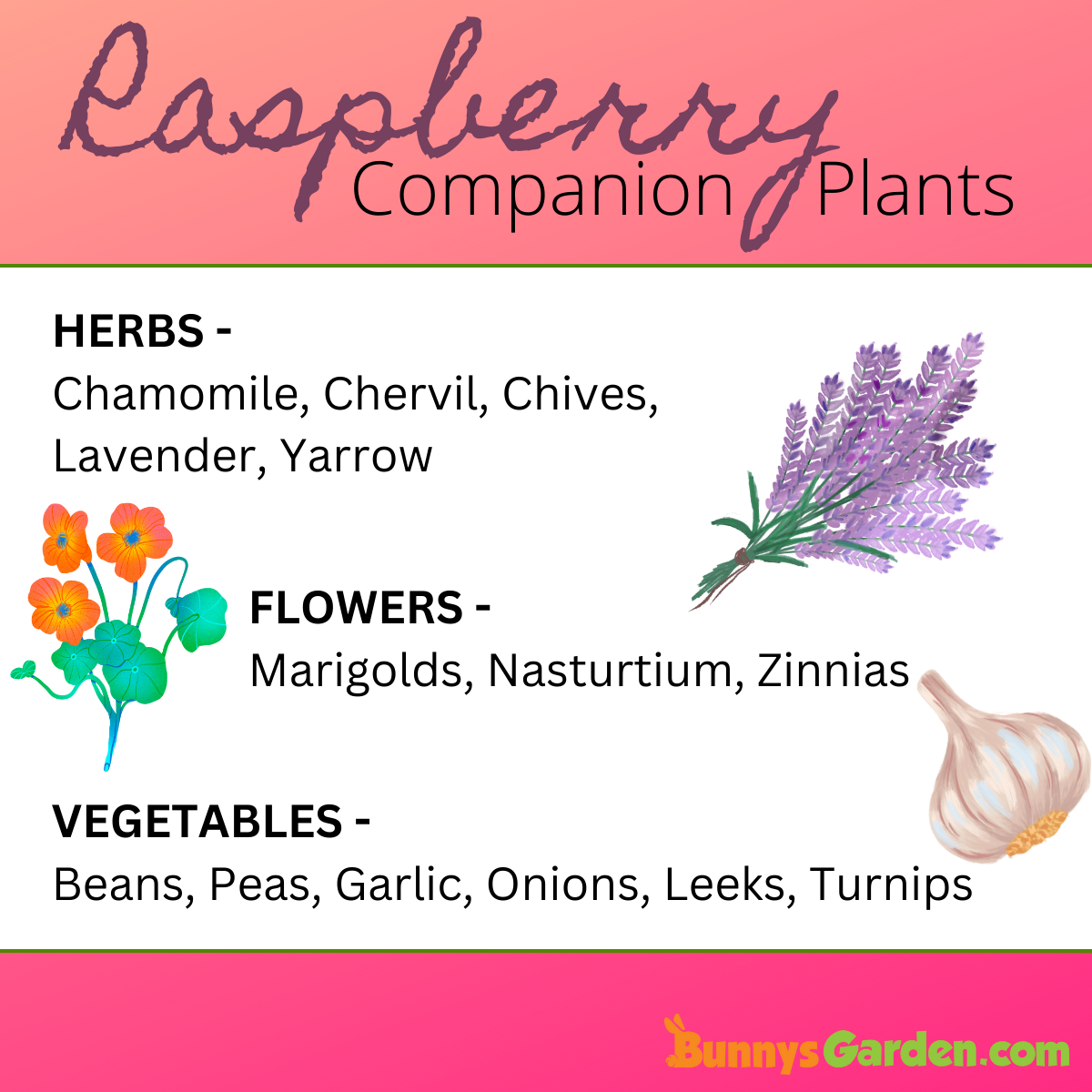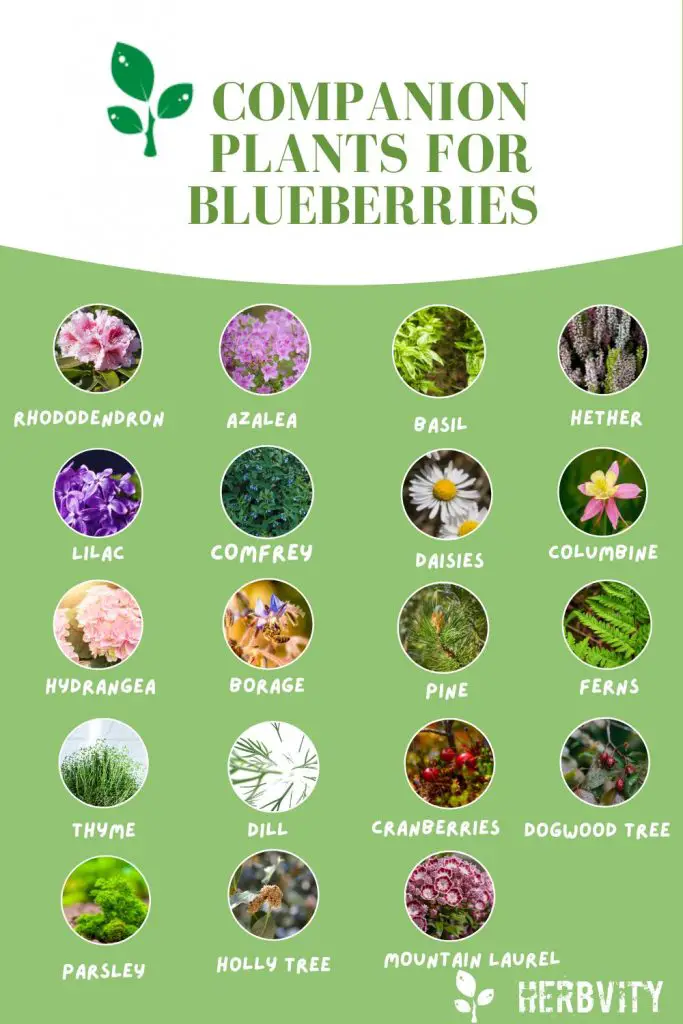The Ultimate Guide To Companion Planting For Berries
The Ultimate Guide to Companion Planting for Berries
Berries are a delicious and nutritious addition to any garden. They're also relatively easy to grow, but there are a few things you can do to help them thrive. One of the best ways to do this is to use companion planting.
Companion planting is the practice of planting certain plants together to benefit each other. Some plants attract beneficial insects, while others help to improve the soil or deter pests. By carefully choosing your companion plants, you can create a healthy and productive garden.
In this guide, we'll discuss the best companion plants for berries. We'll also cover some of the benefits of companion planting and how to get started.
Benefits of Companion Planting
There are many benefits to companion planting, including:
- Improved pollination: Some plants attract beneficial insects, such as bees and butterflies. These insects help to pollinate your berries, which results in a better crop yield.
- Disease and pest control: Some plants can help to deter pests and diseases. For example, marigolds can help to repel nematodes, which can damage strawberries.
- Improved soil quality: Some plants, such as legumes, fix nitrogen in the soil. This helps to improve the fertility of your soil and can make it easier for your berries to grow.
- Competitive exclusion: Some plants can help to compete with weeds for space, water, and nutrients. This can help to reduce the amount of weeding you need to do.
How to Get Started with Companion Planting
The first step to getting started with companion planting is to do some research. There are many resources available to help you learn about which plants are good companions for berries. Once you have a list of potential companion plants, you can start planning your garden layout.
When planning your garden, keep in mind the size and growth habit of each plant. Some plants, such as tomatoes, can grow quite large. You'll need to make sure to give these plants enough space to spread out. Other plants, such as strawberries, are relatively small and can be planted closer together.
It's also important to consider the sunlight and water requirements of your plants. Some plants, such as blueberries, need full sun and well-drained soil. Others, such as raspberries, can tolerate partial shade and moist soil.
Once you've taken all of these factors into account, you can start planting your companion plants. Be sure to water your plants regularly and fertilize them as needed. With a little care and attention, your companion plants will help your berries thrive.
Here are some of the best companion plants for berries:
- Allium (garlic, onions, chives): These plants repel pests such as aphids, beetles, and moths.
- Borage: This plant attracts pollinators and repels pests such as aphids.
- Clover: This plant fixes nitrogen in the soil, which can benefit berries.
- Nasturtiums: These flowers attract beneficial insects and repel pests such as aphids and whiteflies.
- Marigolds: These flowers repel nematodes, which can damage strawberries.
- Potatoes: These plants help to suppress weeds and attract beneficial insects.
- Spinach: This plant helps to improve the soil quality and can be used as a ground cover to suppress weeds.
- Sunflowers: These plants provide shade and support for vining plants such as strawberries.
- Yarrow: This plant repels pests such as aphids and deer.
What Not to Plant Next to Berries
There are a few plants that you should avoid planting near berries. These include:
- Cabbage family plants: These plants can attract pests such as cabbageworms and loopers.
- Fruit trees: Fruit trees can harbor pests and diseases that can damage berries.
- Melons: Melons can harbor a fungus that can cause verticillium wilt in strawberries.
- Nightshade family plants: These plants can attract pests such as potato beetles and tomato hornworms.
Conclusion
Companion planting is a great way to improve the health and productivity of your berry plants. By carefully choosing your companion plants, you can create a beneficial ecosystem in your garden that will help your berries thrive.
Companion planting is a gardening technique that involves planting different types of plants together to benefit each other. This can be done to attract beneficial insects, deter pests, improve soil health, or increase yields.
When it comes to berries, there are a number of companion plants that can be beneficial. For example, blueberries benefit from being planted near evergreens, such as spruce, pine, yew, fir, and juniper. These trees tend to grow well in acidic soil, like blueberries, and they can provide shade from the hot afternoon sun.
Strawberries can be planted near herbs, such as basil or thyme. These herbs attract beneficial insects that help to control pests. Gooseberries are another easy-to-grow berry that can be planted near a variety of companion plants, including clover, bay laurel, and dewberries.
For more information about companion plants for berries, visit Gardenia Inspiration. This website has a comprehensive list of companion plants for a variety of berry crops, as well as information on the benefits of companion planting.
Image of companion plants for berries
- Nasturtiums are a good companion plant for strawberries because they deter pests and attract pollinators.

- Marigolds are another good companion plant for strawberries. They help to repel nematodes, which are a type of soil-dwelling pest that can damage strawberries.

- Chives are a good companion plant for raspberries. They help to repel aphids, a common pest of raspberries.

- Garlic is a good companion plant for blueberries. It helps to repel insects and diseases.

- Yarrow is a good companion plant for all types of berries. It helps to improve the flavor of the berries and repel pests.

Post a Comment for "The Ultimate Guide To Companion Planting For Berries"